There’s been a giant question mark surrounding Ghostwire: Tokyo ever since its reveal back at Bethesda’s E3 2019 conference. The next project from Tango Gameworks after The Evil Within duology, Ghostwire impressed with its moody teaser trailer. In the years since, its publisher Bethesda became a part of Xbox, though like last year’s Deathloop, this game’s PlayStation 5 and PC exclusivity window remains.
But despite digging Ghostwire’s spooky vibes, I never got a sense for its actual gameplay loop until now. After finally getting a chance to see a solid chunk of the early game in hands-off preview, I can safely say that Ghostwire: Tokyo feels like a tantalizing brew of Doctor Strange, Ghostbusters, Japanese folklore, and the Yakuza series’s attention to urban detail. And despite still having quite a few questions, I’m sold on that combination.
The demo preview I watched was taken from very early on in Ghostwire: Tokyo, just following a Rapture-like event where 99% of Tokyo’s population vanished. Malevolent spirits known as Visitors now wander the streets, being led by a mysterious masked figure named Hannya. It’s up to you to explore the city, exorcise its demons, and cleanse its landmarks, such as iconic Torii gates. That last part kind of feels like a Ubisoft game by way of Okami – a purified zone feels much different and more hospitable than it did before.
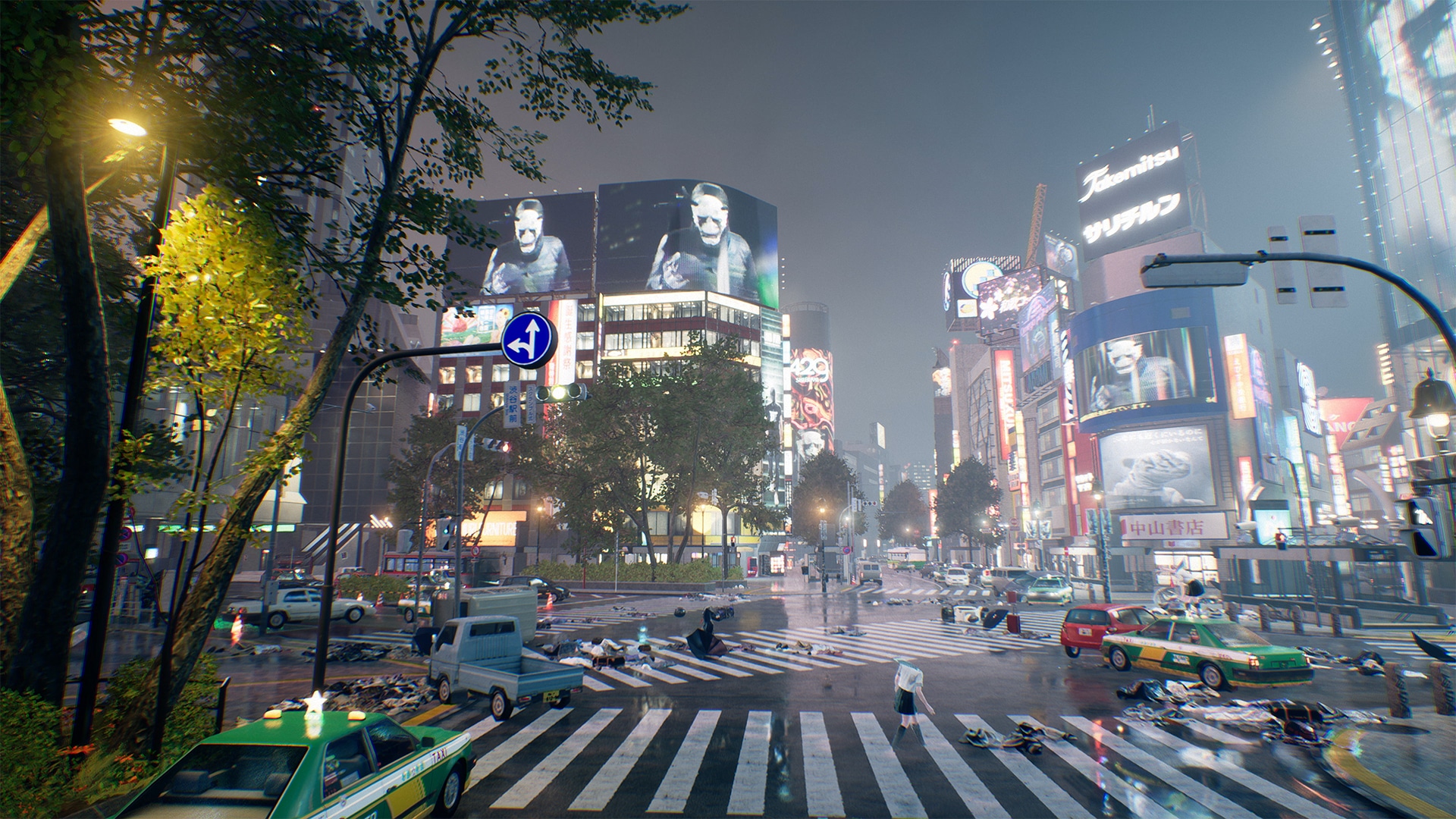
You play as Akito, a once regular dude now in possession of powers known as Ethereal Weaving. These abilities stem from fusing with the spirit of a deceased ghosthunter named KK and manifest themselves in all sorts of useful ways. Aside from being in constant communication with KK – think of the spirit as Link’s relationship with Navi in The Legend of Zelda: Ocarina of Time – you have a magical grappling hook, which can be used to latch onto flying Tengu to reach the rooftops and explore the city from up high.
But perhaps most importantly, you’re able to conjure energy from your fingertips to weaken the Visitors before cleansing their spirits. The Doctor Strange-esque magical combat makes an incredible first impression, looking both unique in the video game space and just utterly cool. Your attacks range from single-target blasts, to lobbed area-of-effect bombs, to sweeping waves. Knowing when to use each one of these has the same mental flow of cycling between weapons in the recent Doom games. While the visuals in battle can oftentimes feel like mystical fireworks, there’s a color theory to it all that makes the action immediately digestible.
Weakening the various ghouls wandering the streets of Tokyo allows you to capture their spirits, which can then be turned in at unique payphones for XP and money. The XP feeds into your skill tree, helping you become an even more adept ghostbuster. But it’s the money that fuels the other major selling point of Ghostwire: Tokyo – the incredibly detailed and hauntingly beautiful representation of Tokyo. There’s an unsettling juxtaposition with exploring neighborhoods where the entire population has vanished amid a city still teeming with life from its shops, billboards, and neon lights. It’s eerily prescient, given its similarities to how big cities felt in the early days of the pandemic.
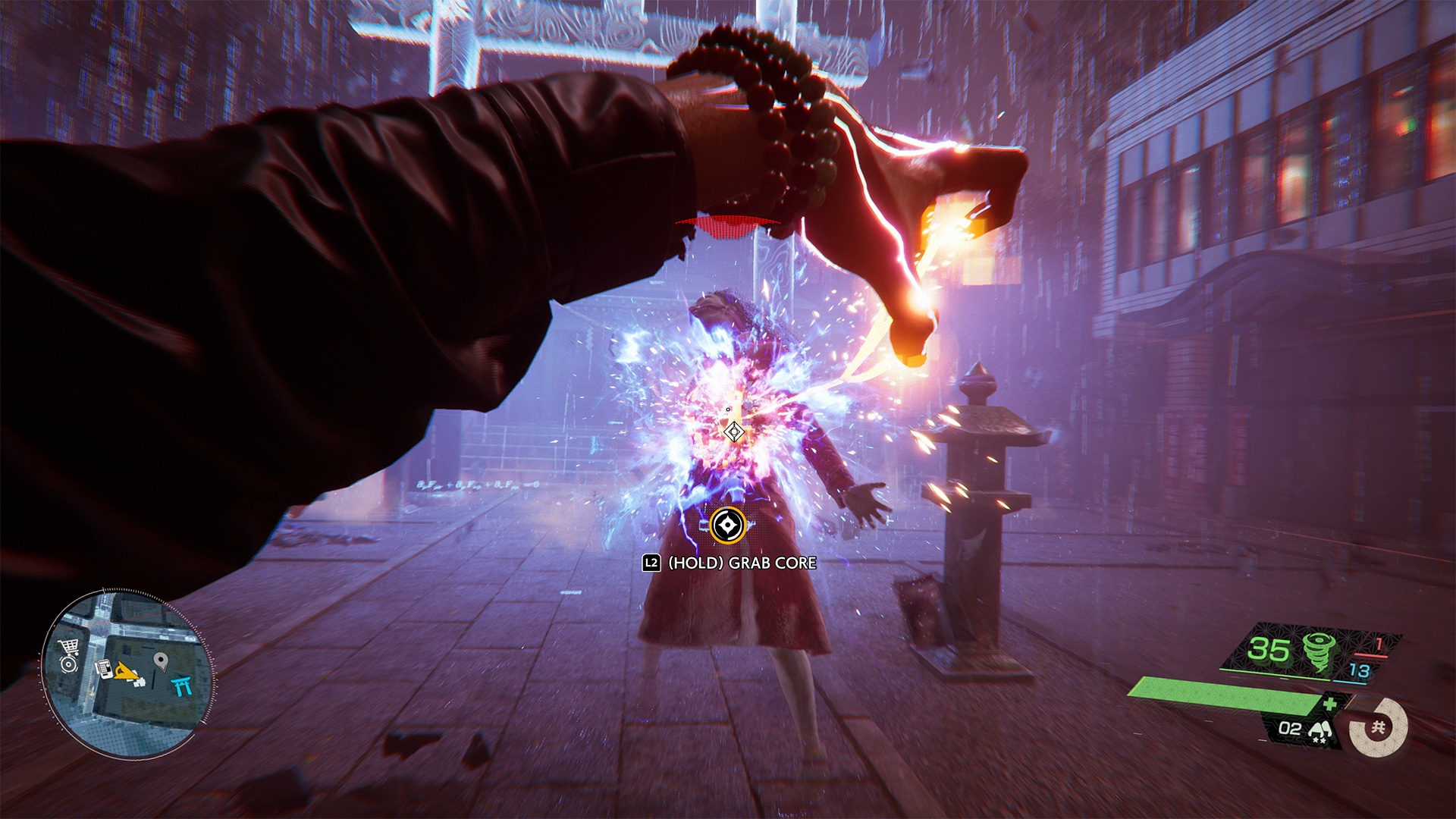
Scattered throughout Tokyo are various convenience stores that are now manned by adorable Yokai kittens who are more than happy to sell you some snacks. In fact, much of the life I saw across the city came from various animals – those hard-working cats, dogs aware of invisible phenomena, and tanooki that you can communicate with telepathically. I really dug how Ghostwire: Tokyo seems to embrace the magical realism of its premise by delivering a world that’s immediately familiar, yet constantly askew.
While the game seems to lean more into action adventure than the traditional survival horror that Tango is known for, the enemy design and reality-warping effects definitely echo those frightening roots. Headless school children charge straight at you, while ghastly umbrella-donning salarymen linger in the background. And you’ll often find yourself in the middle of reality-bending tears, with the spirit world bleeding into ours. If I had to point to a single analogue for these otherworldly horrors, it would be the way 2019’s Control handled its supernatural elements.
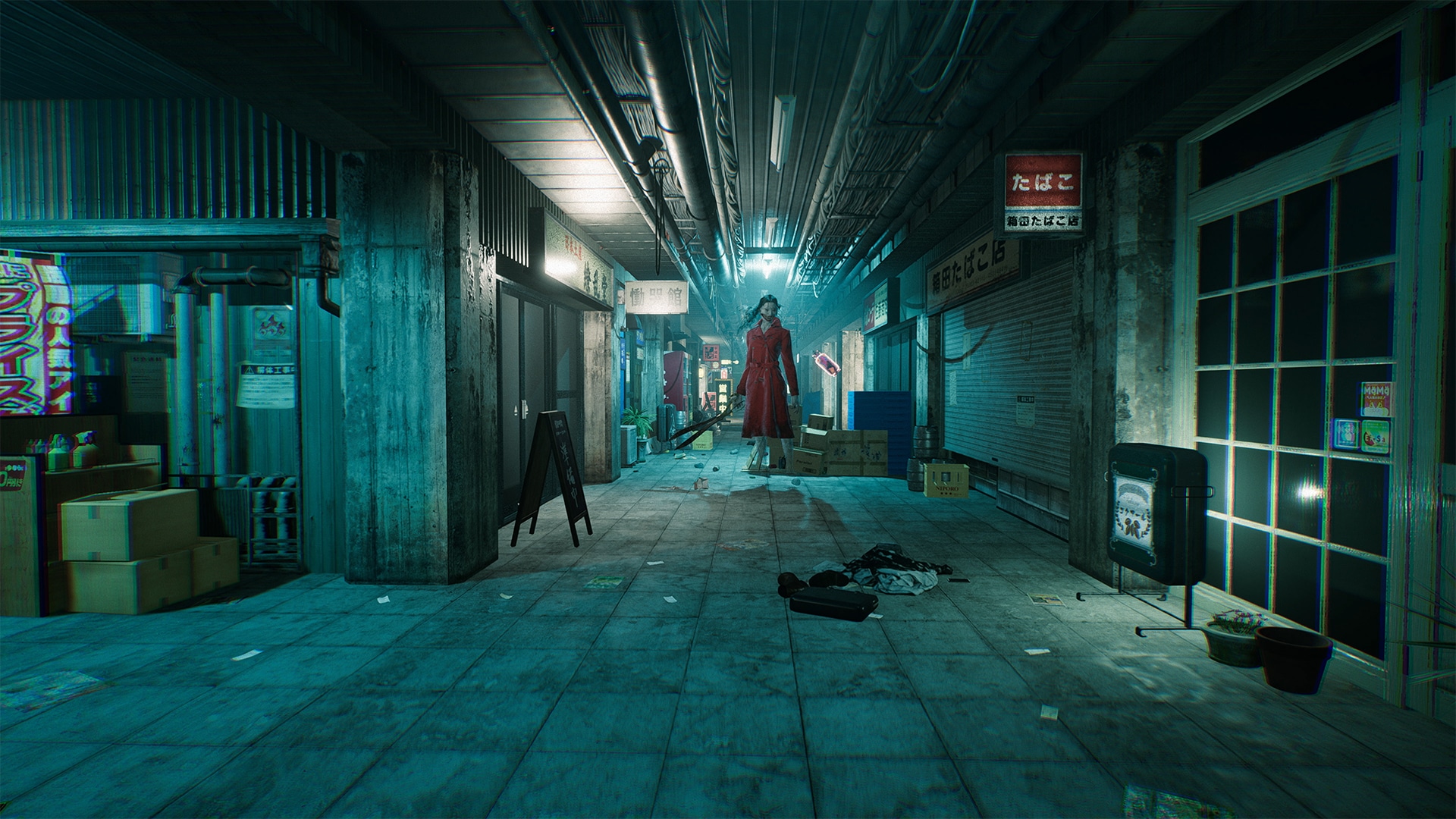
My brief preview time with Ghostwire: Tokyo was great, but it also left me with a lot of lingering questions regarding both the story and the gameplay itself. I’m excited to know more about Akito and his family’s relationship with Hannya and KK. I’m also curious as to how open or linear the adventure might be – the path we took in the demo seemed to be quite railroaded, though a quick glimpse of the map showed a sprawling cityscape with plenty of landmarks. How interesting and varied the world’s side activities end up being remains to be seen.
That said, I’m all in on Ghostwire: Tokyo. Its unique take on combat, densely packed world, and intriguing set of mysteries all weave together to form a spooky experience that I’m excited to play for myself. And given Tango and Bethesda’s excellent pedigree, I’m really hoping that excitement is well founded leading up to its March 25, 2022 release.

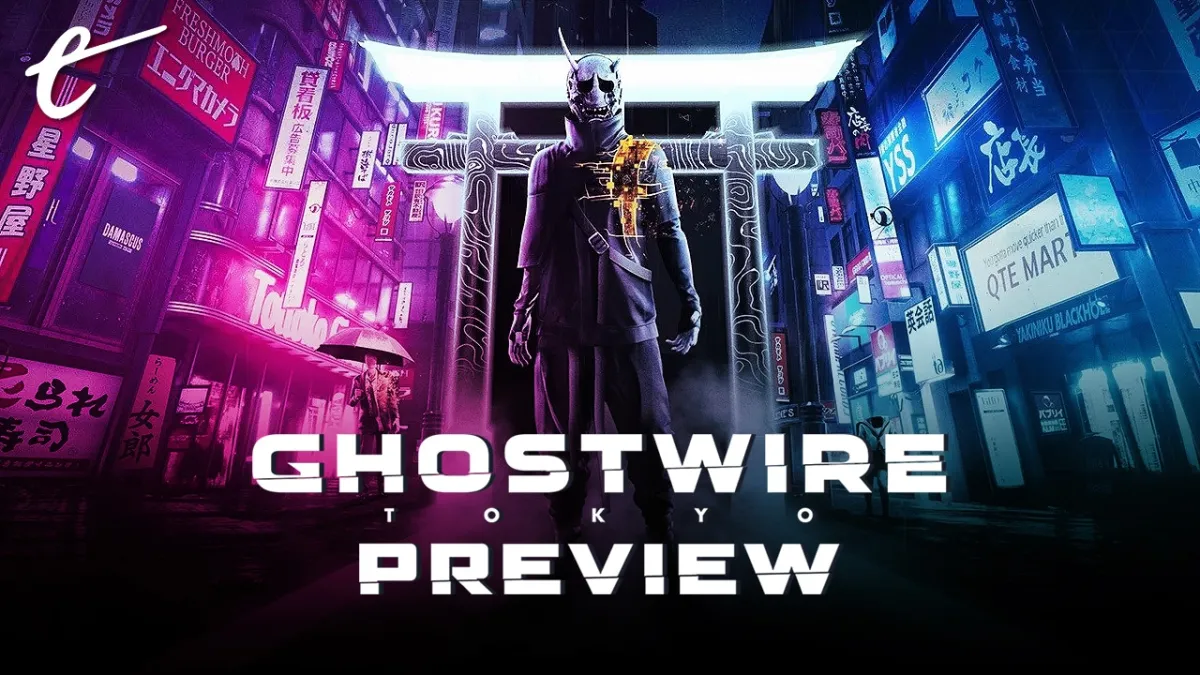

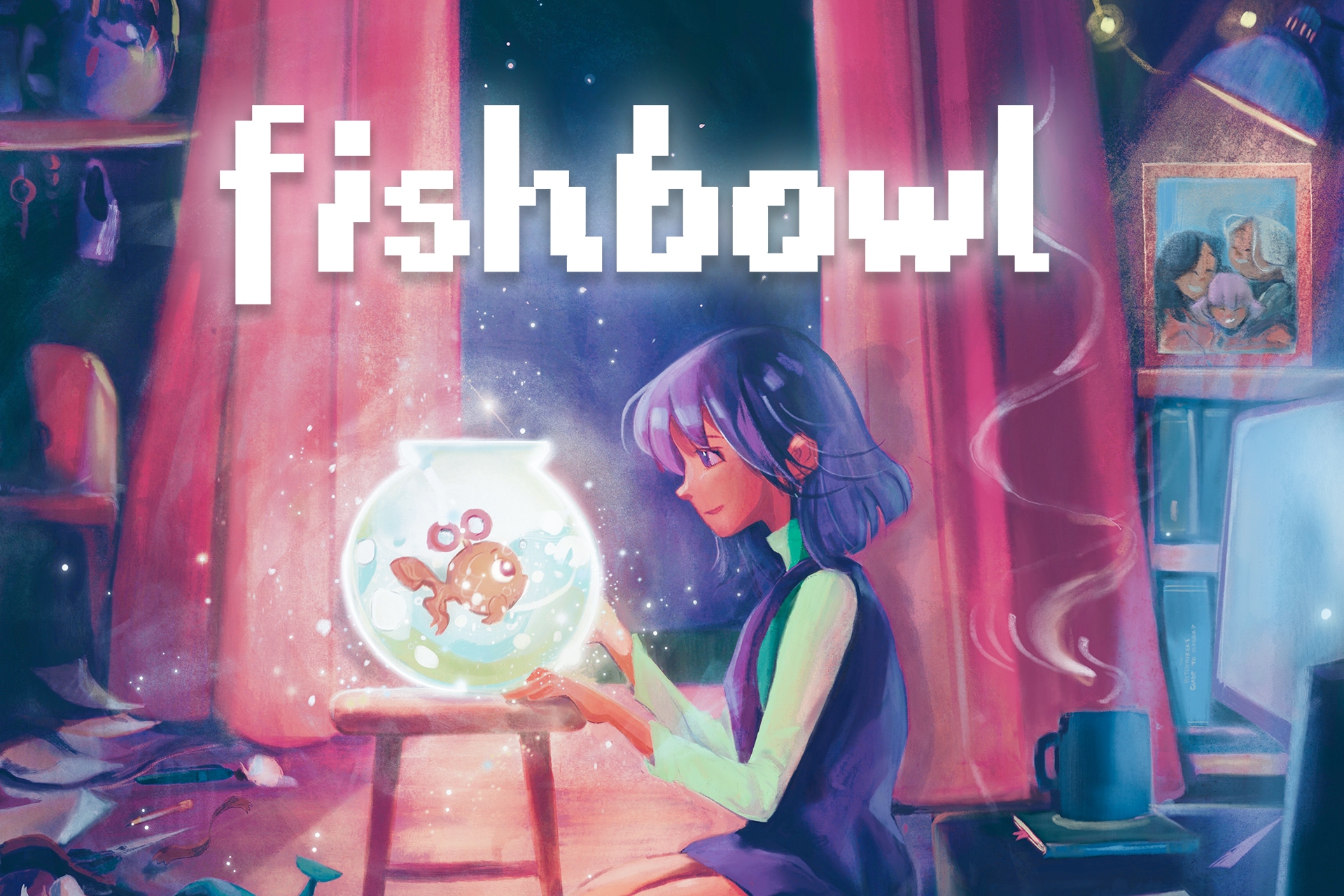

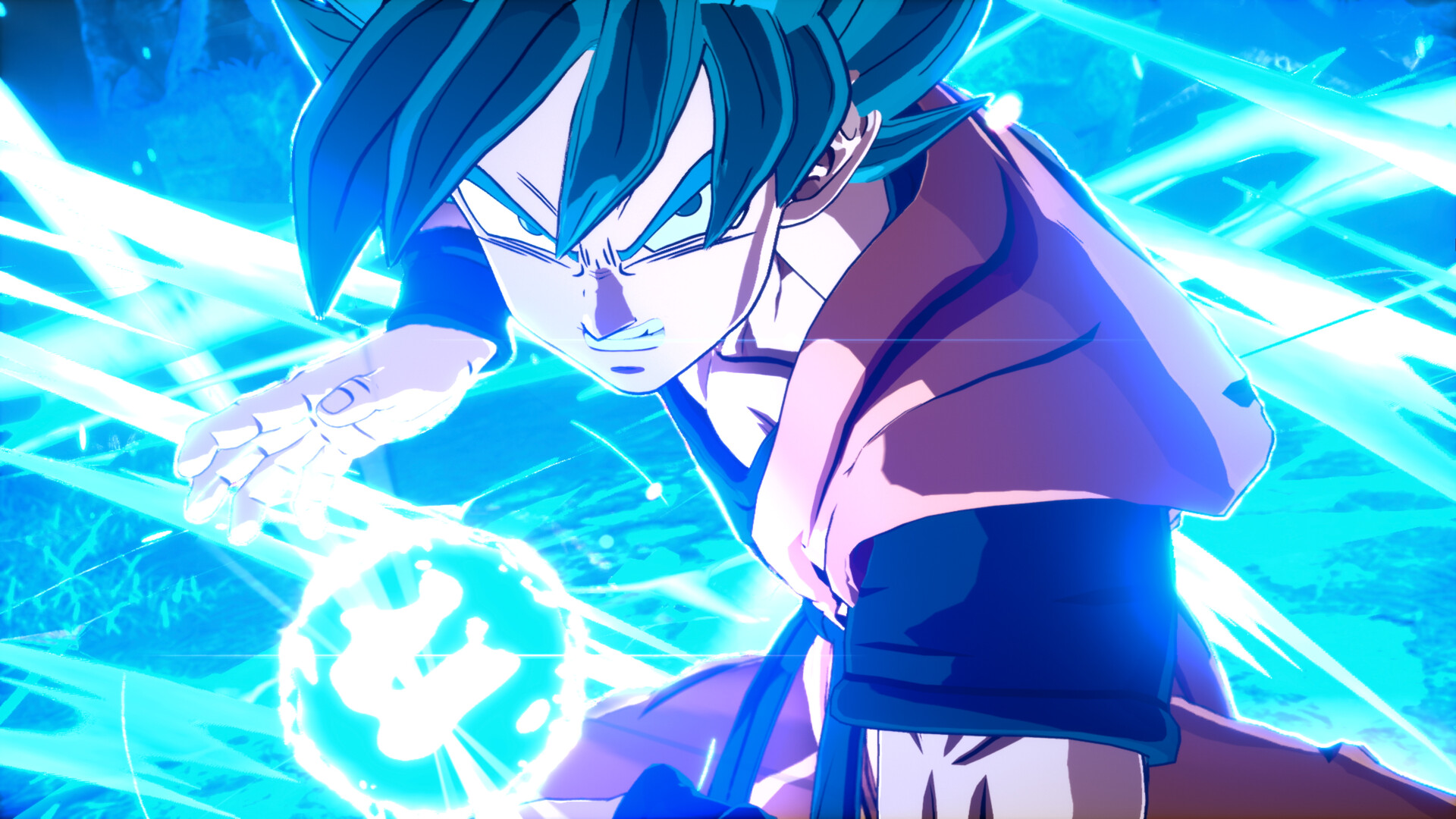
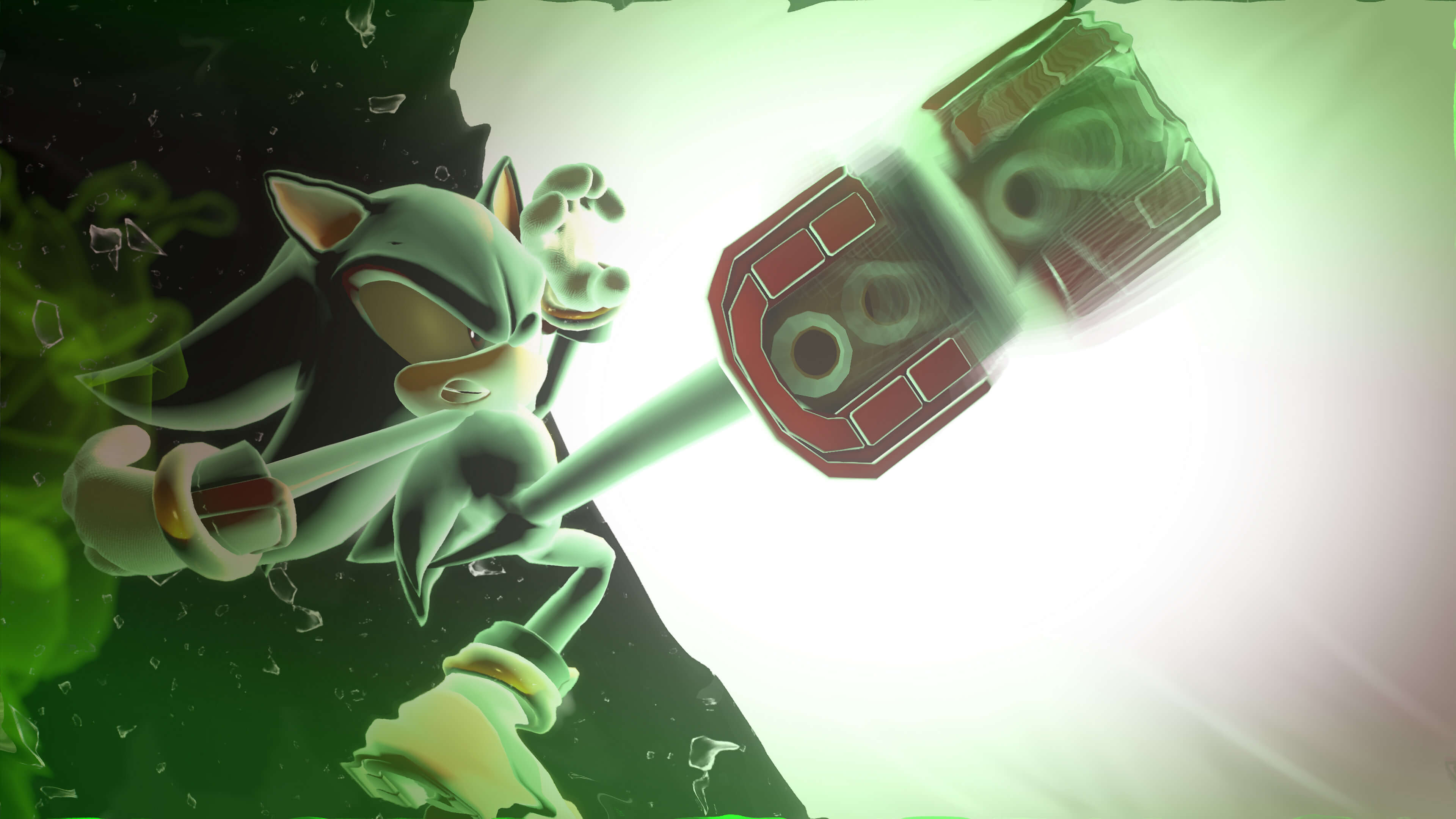
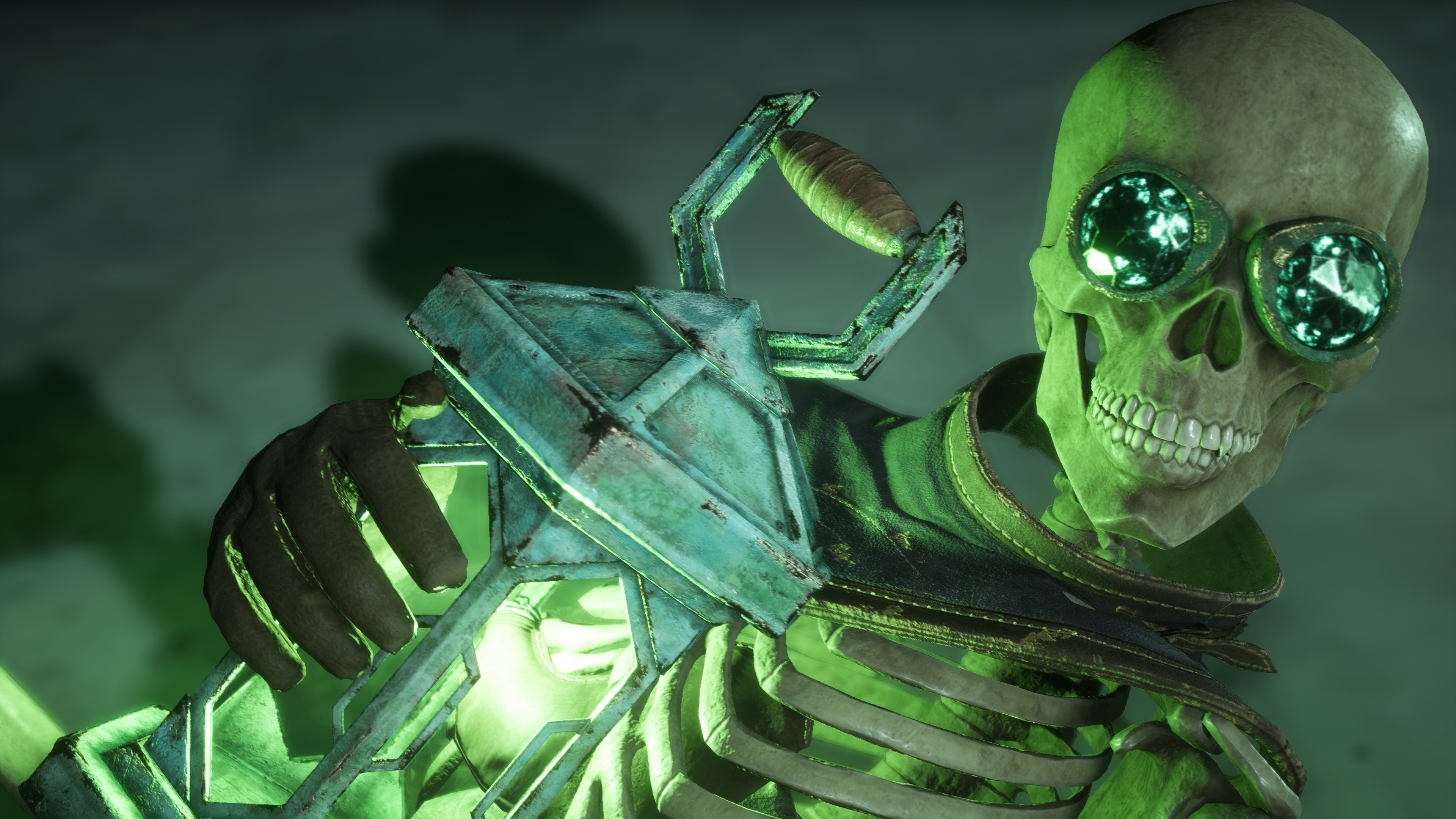

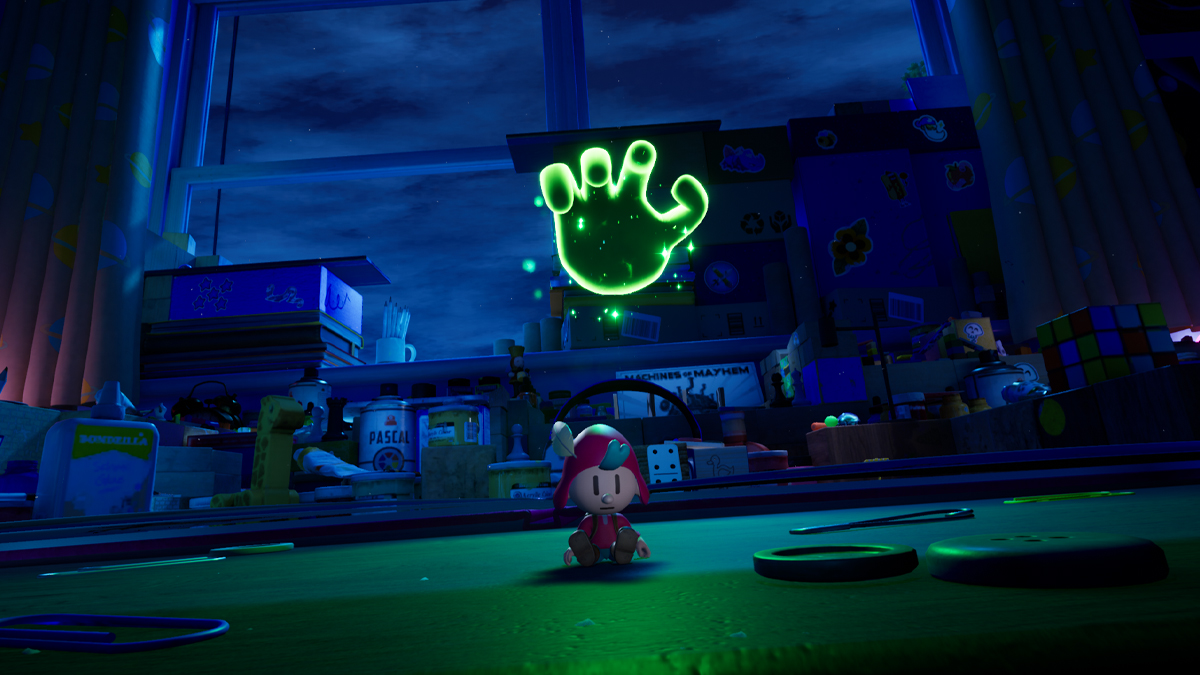
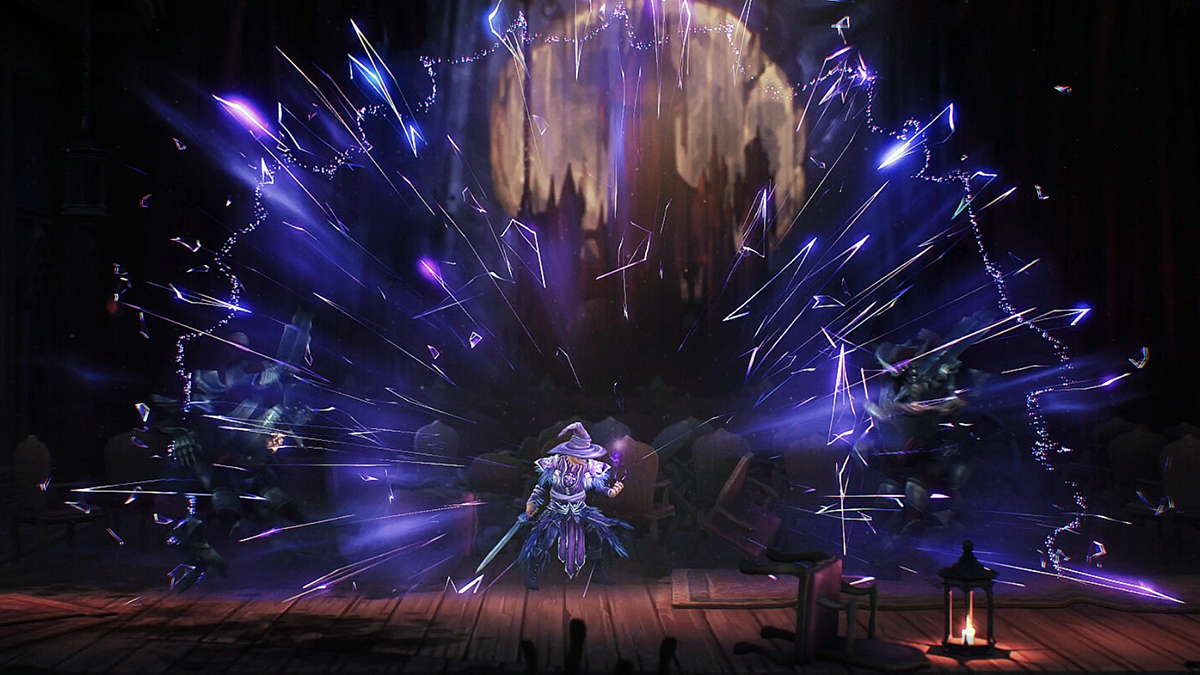
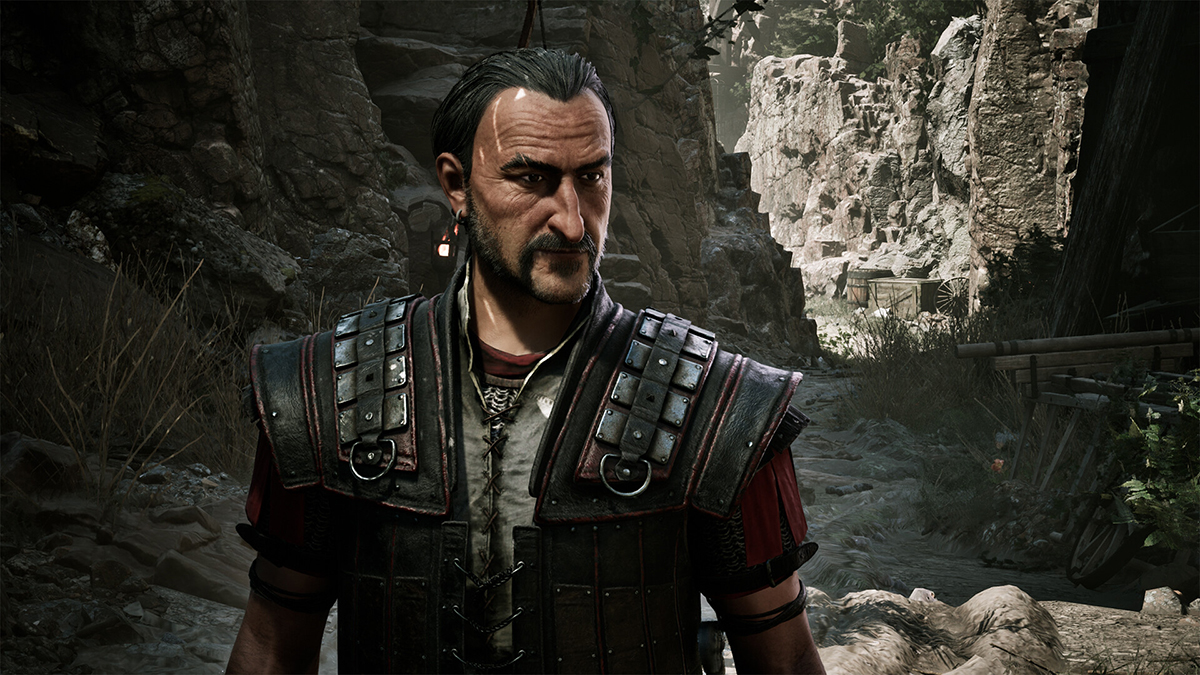
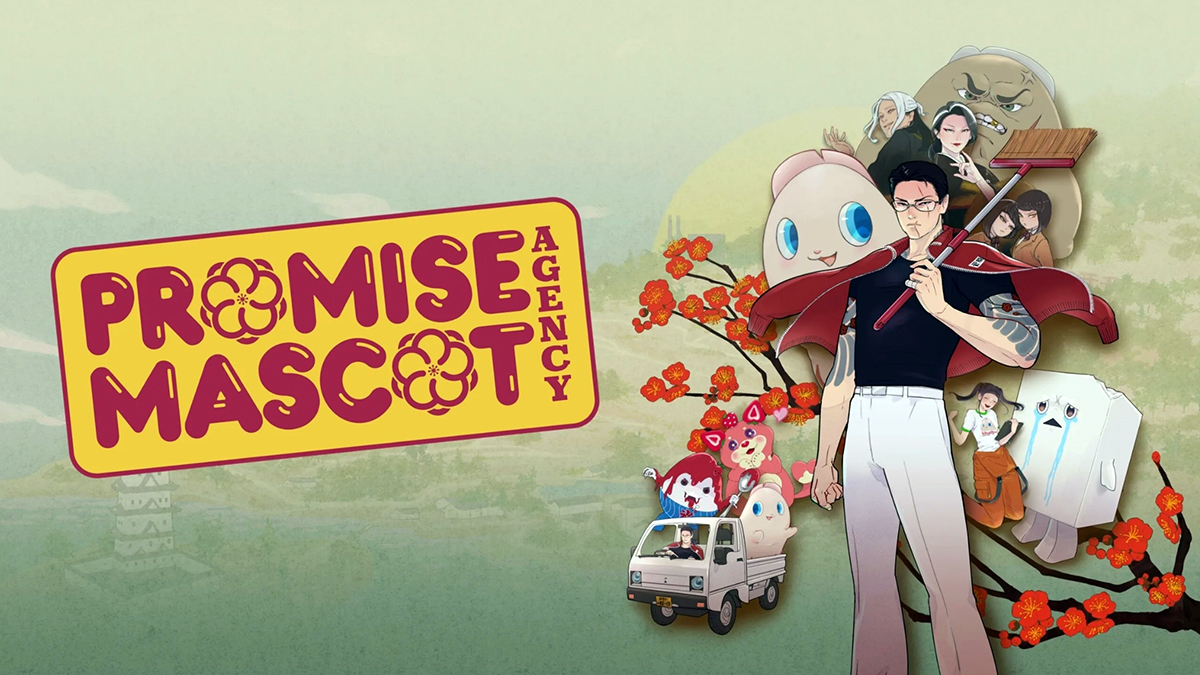

Published: Feb 4, 2022 2:00 PM UTC